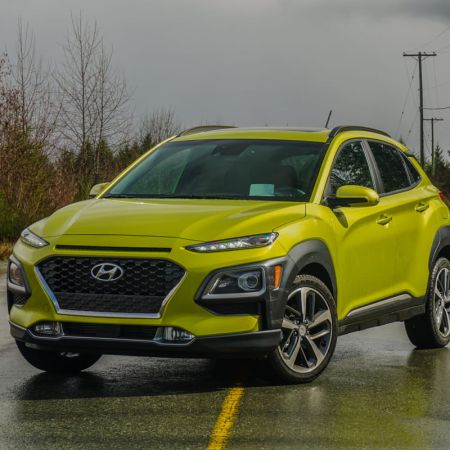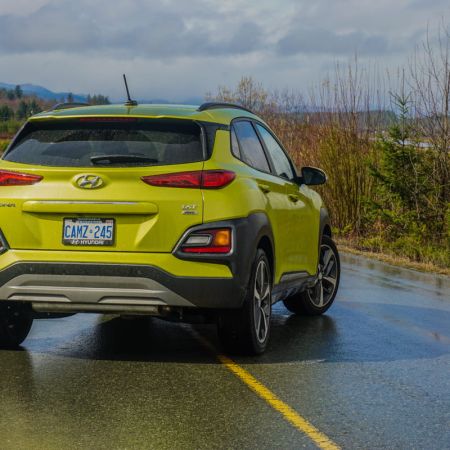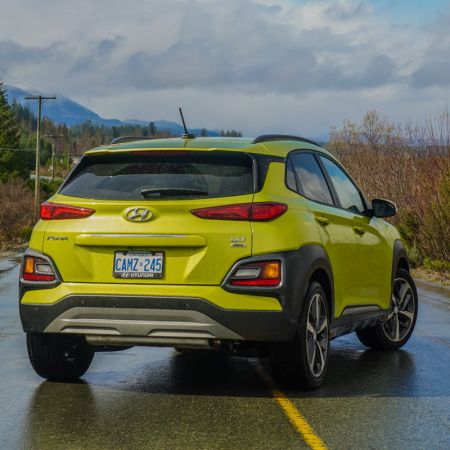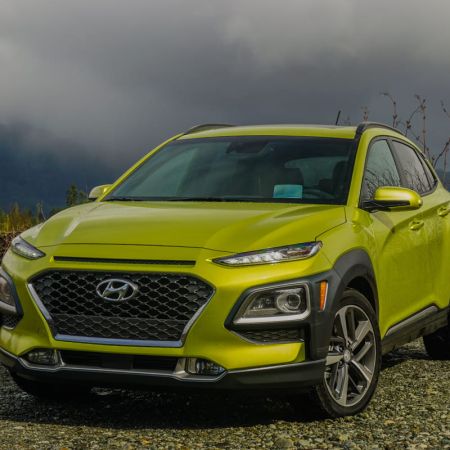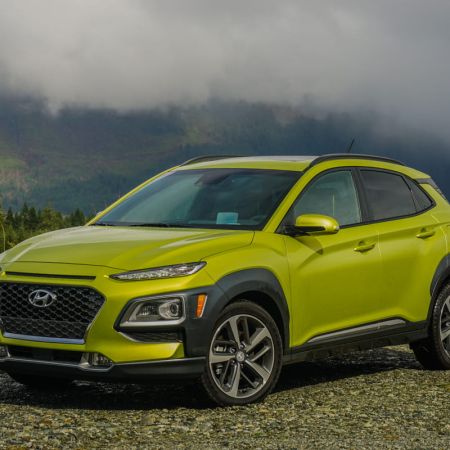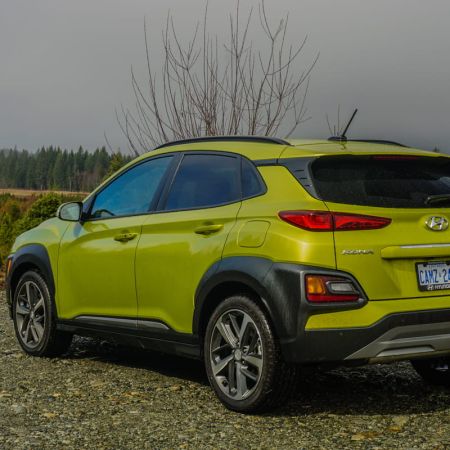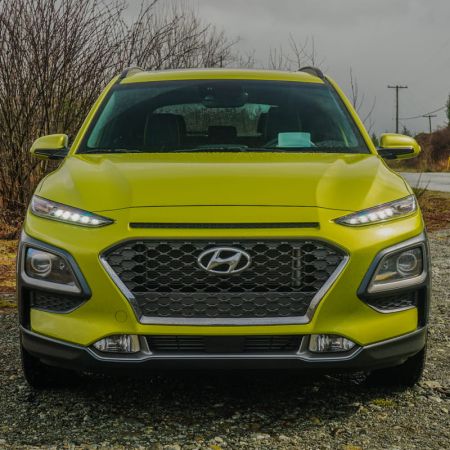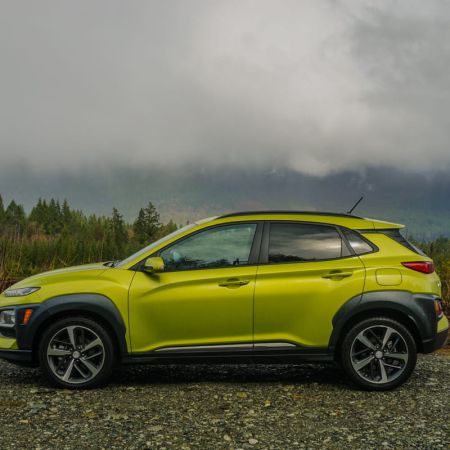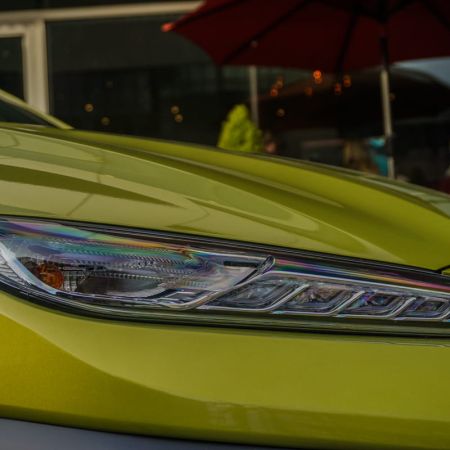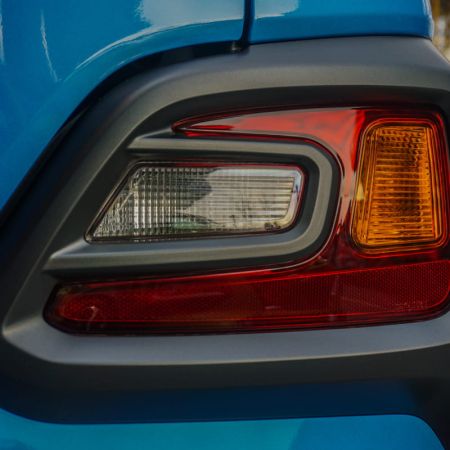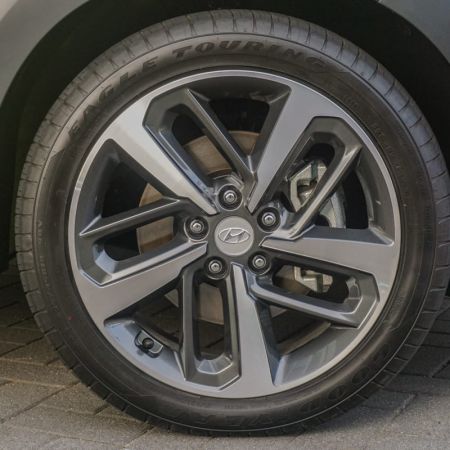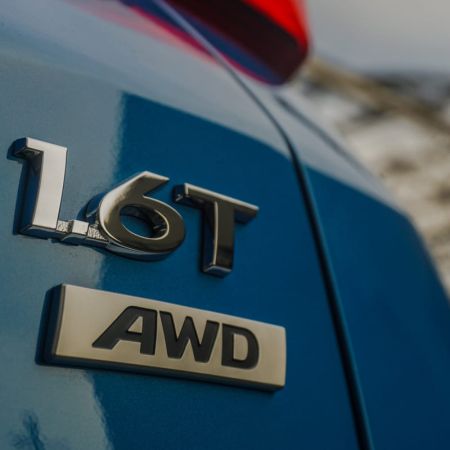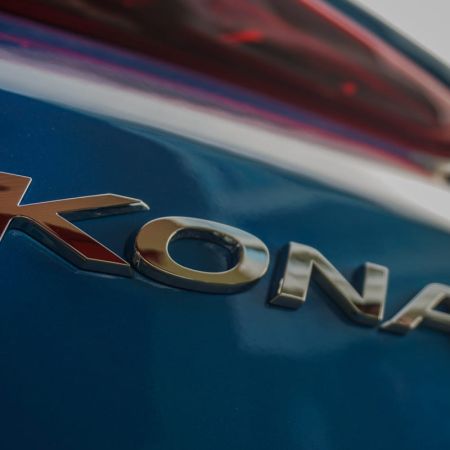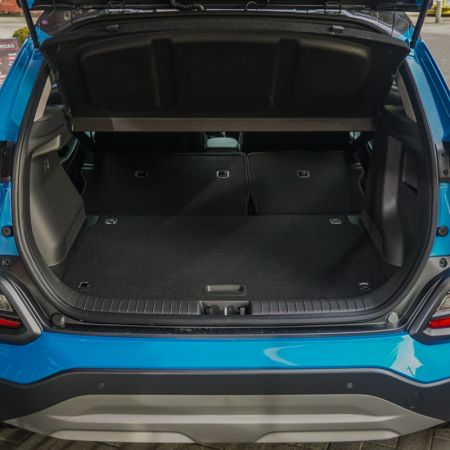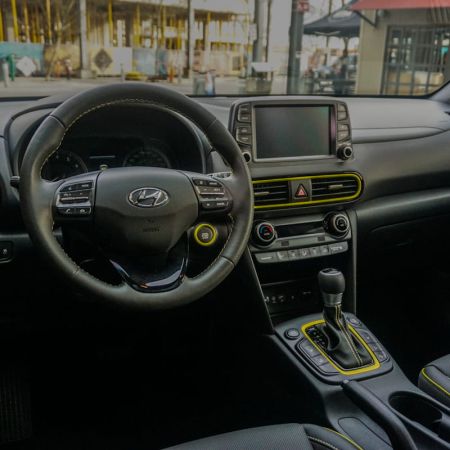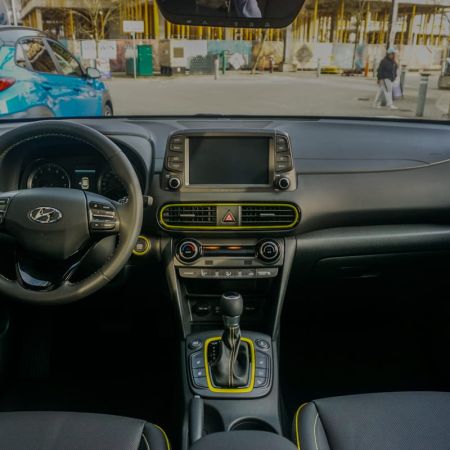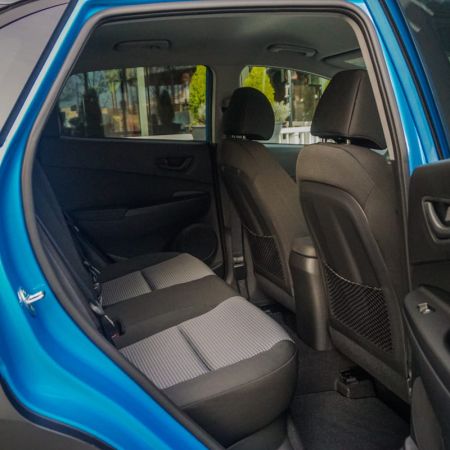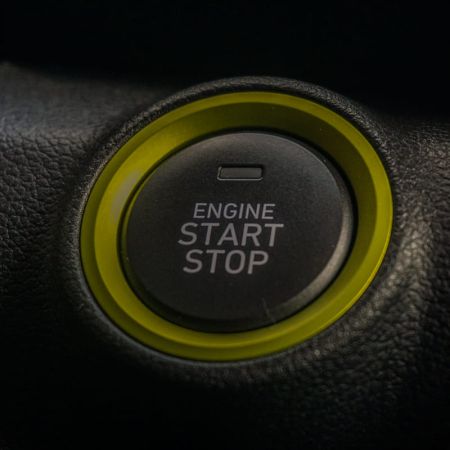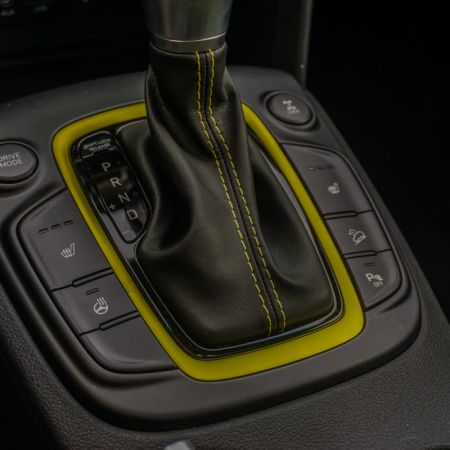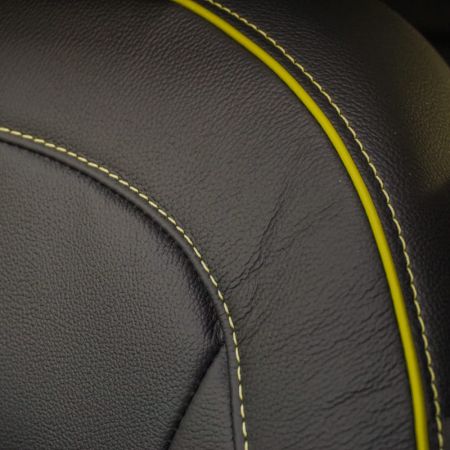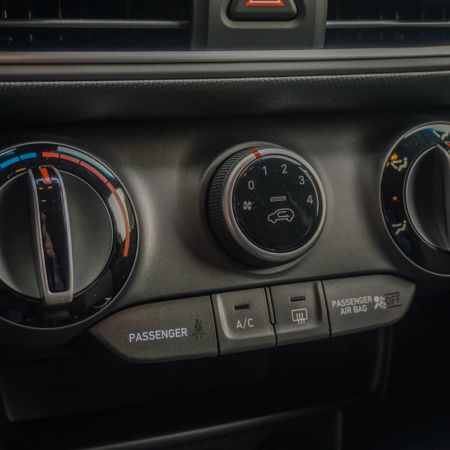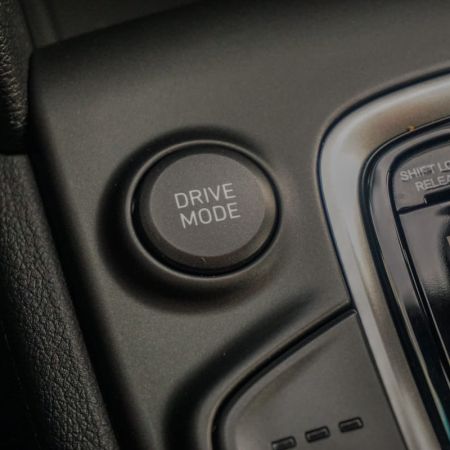TOFINO, BRITISH COLUMBIA – Hyundai has been on a roll lately, with many hits and not a single miss in the past half decade. The current Elantra (reviewed here) is one of the best compact sedans out there, and the spin-off of the Genesis Motors sub-brand has been very well-received by Canadians. The subcompact crossover game is one that the Koreans weren’t quite playing in, so 2018 means a new venture in that direction. We flew to stunning Tofino, B.C., to drive the 2018 Hyundai Kona and see just how it compares to a number of very popular rivals.
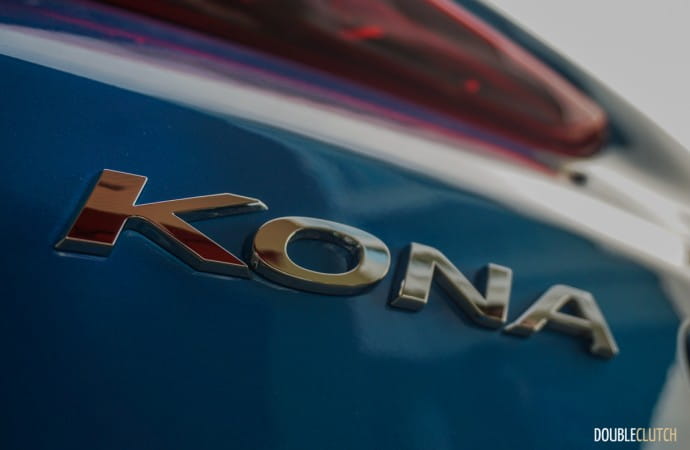
The problem with the mainstream subcompact crossover segment is; none of the current players, while they’re plenty competent, are the least bit interesting. The Honda HR-V (reviewed here) is dated, the Mazda CX-3 is far too small, and the Nissan Qashqai is boring enough to put me to sleep while figuring out how to correctly spell its name. The Subaru Crosstrek is a fairly good example, and the new Kona is extremely promising. At least, the aesthetics are neat.
Hyundai has taken a similar approach that Nissan did a few years ago with the Juke. While other automakers are employing very simplistic, classic two-box designs, Hyundai took things right out of the metaphorical box with the Kona. It’s more polarizing to look at, and to my untrained eye, looks pretty stylish and modern. The large grille is very typical Hyundai, and daytime running lights are of the LED variety. 1.6T models get LED taillights and 1.6T Ultimate gets LED headlights as well.
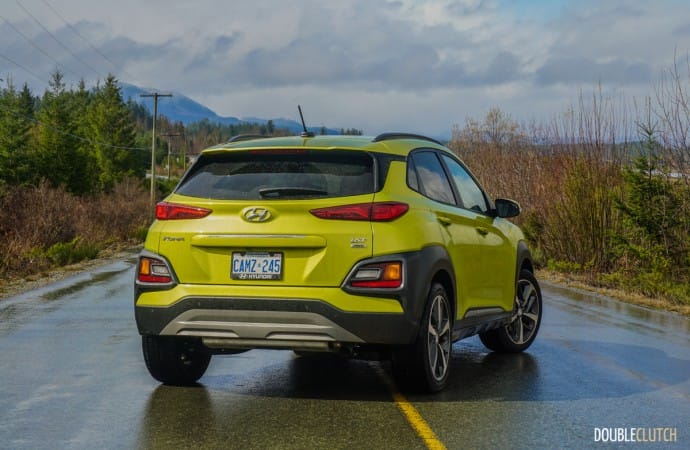
Two motors are available on the Kona; the most popular will be a 2.0L naturally aspirated Atkinson-cycle four-cylinder good for 147 horsepower and 132 lb-ft. of torque. Those opting a little bit more power can opt for a 1.6L turbocharged four-cylinder, which offers 175 horsepower and 195 lb-ft. of torque. The standard 2.0L will be mated to a six-speed automatic, while the turbocharged variant gets a seven-speed EcoShift dual-clutch gearbox. No manual transmission is offered in Canada, and the same goes for a 1.0L turbo three-cylinder and 1.6L diesel that are seen in other markets globally.
Pushing the Kona around the roads of Tofino, it becomes evident that this is a very competent little crossover. Like every other new Hyundai product, the ride quality is quite good and it absorbs bumps effortlessly. The 1.6T is the one to opt for if you like a little bit more passion in your crossover, but by no means is it necessary for the majority of Canadian buyers. The 2.0 does duty in the larger Tucson as well, and we’ve spent plenty of time with it. The Kona is adequately powerful without torque steering or making its prowess all that obvious.
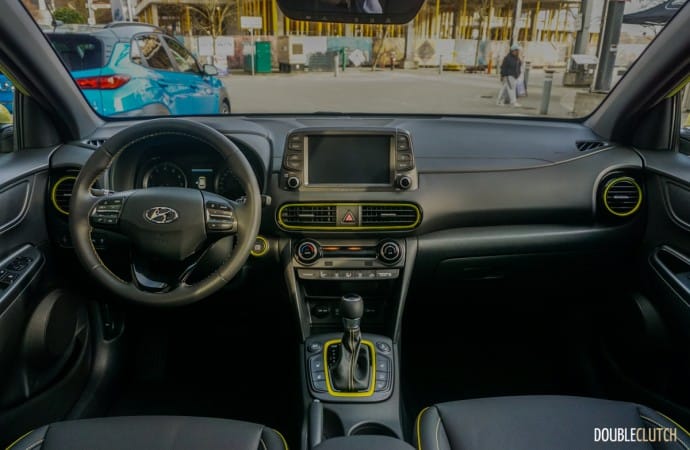
Hyundai’s new “SmartSense” active safety suite is optional on the Kona, and features smart gizmos such as blind spot detection with lane change assist, driver attention assist, autonomus emergency braking with pedestrian detection, lane departure warning, lane keep assist, and rear cross-traffic alert. A rear-view camera is standard equipment across the board, and parking sensors that provide audible alerts are optional. The full suite is standard on the 2.0L Luxury and 1.6T Ultimate models, the top trim levels for each powertrain.
Fuel economy is rated at 8.6, 7.0, and 7.9L/100km (city, highway, and combined, respectively) for the 2.0L FWD model. Add all-wheel-drive into the mix and these numbers go up a little bit to 9.2, 7.8, and 8.6. Finally, the more powerful 1.6L turbo AWD model gets approximately the same economy as the 2.0L AWD, with ratings of 9.0, 8.0, and 8.6L/100km combined. Both powertrains are rated on regular 87-octane fuel, and despite the turbocharged nature of the 1.6L, it still doesn’t recommend premium. The fuel tank is capable of holding 50L.
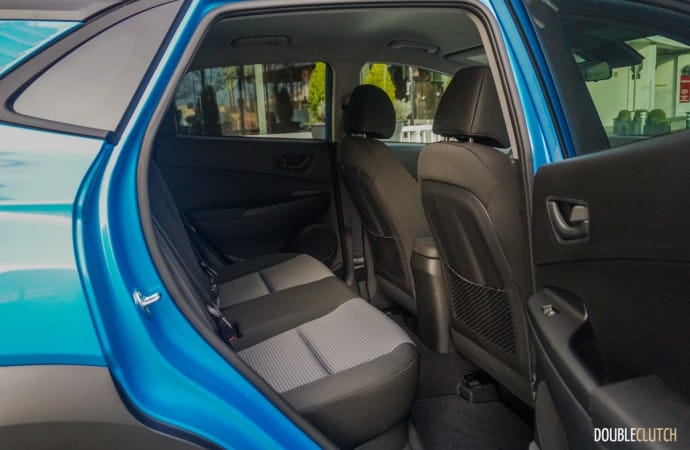
From a passenger space standpoint, the Kona feels considerably roomier than the likes of the Mazda CX-3 and Toyota C-HR (reviewed here). The driving position is fairly good and there is adequate legroom. The rear accommodations are a bit tight, but that’s to be expected for the segment. The back seats also fold down, and this increases cargo capacity to a generous 1,296L, which is trumped by the Honda HR-V’s 1,631L. With the seats in place, the Kona will hold 544L, which is more than the CX-3’s 452L.
The layout of the Kona’s interior is fairly standard issue for Hyundai, with nice materials used throughout. Fit and finish is excellent, and most of the major controls have physical buttons that feel good to the touch. The 7” touchscreen is responsive and offers Apple CarPlay and Android Auto on every single model. A series of colorful themes are also available on the Kona’s interior, which add accents in varying shades to liven up the interior. It’s a bit gimmicky, and won’t be to everyone’s taste, but hey – it’s fresh and new.
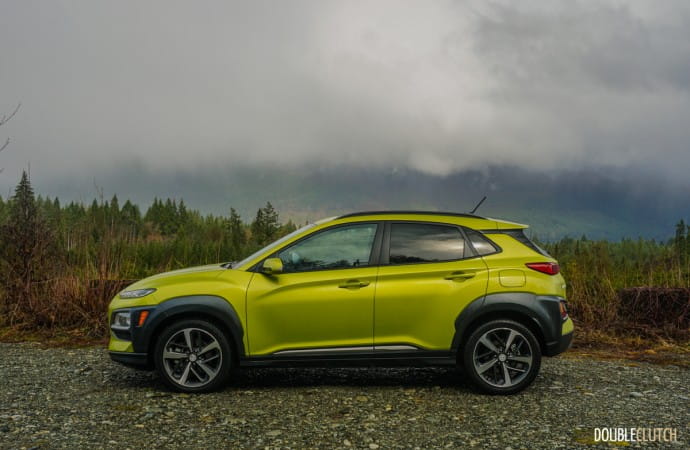
Hyundai Canada has an aggressive pricing strategy in play. The Kona starts at $20,999 for the base “Essential” trim model, which comes standard with a 7” touchscreen, rear-view camera, heated seats and alloy wheels. The entry-level AWD model is $22,999. The 1.6L turbo motor only comes with AWD, and starts at $26,899 for the “Trend”, and $31,799 for the loaded 1.6T Ultimate. Highlights of the top trim include the Hyundai SmartSense active safety suite, LED headlights, Infinity audio, and a wireless charging pad. The Canadian volume model will be the 2.0L Preferred AWD, which at $24,7449 offers 17” alloys, a heated steering wheel, and some active safety bits.
So, what’s not to like? Steering feel is non-existent, but the light steering means the Kona is effortless to drive around the city. There is some on-center feel at highway speeds, though no real dead zone. Also, the quirky interior colour options may be too much for some, but conservative versions are available. Rear seat accommodations could also be more generous; the HR-V may be dated, but its clever rear seat configuration makes it the more versatile choice.
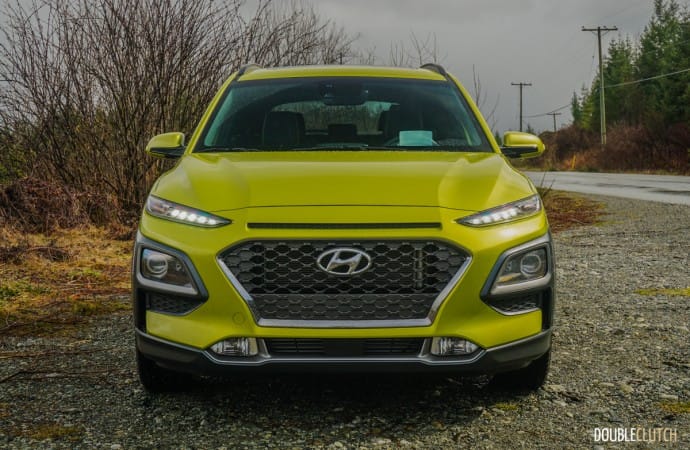
The 2018 Hyundai Kona is a car that’s very likely to sell well in Canada; initial interest is very high. Where other crossovers in its class fly under the radar, the Kona’s primary appeal is its unique style and vibrant colour choices. This will undoubtedly go a long way into attract younger buyers. This is the bracket that people shop in when a growing family or outdoorsy lifestyle recommends the upgrade into a crossover of sorts. The Kona is a bright, cheerful and fresh choice that’s a genuinely good pick.


